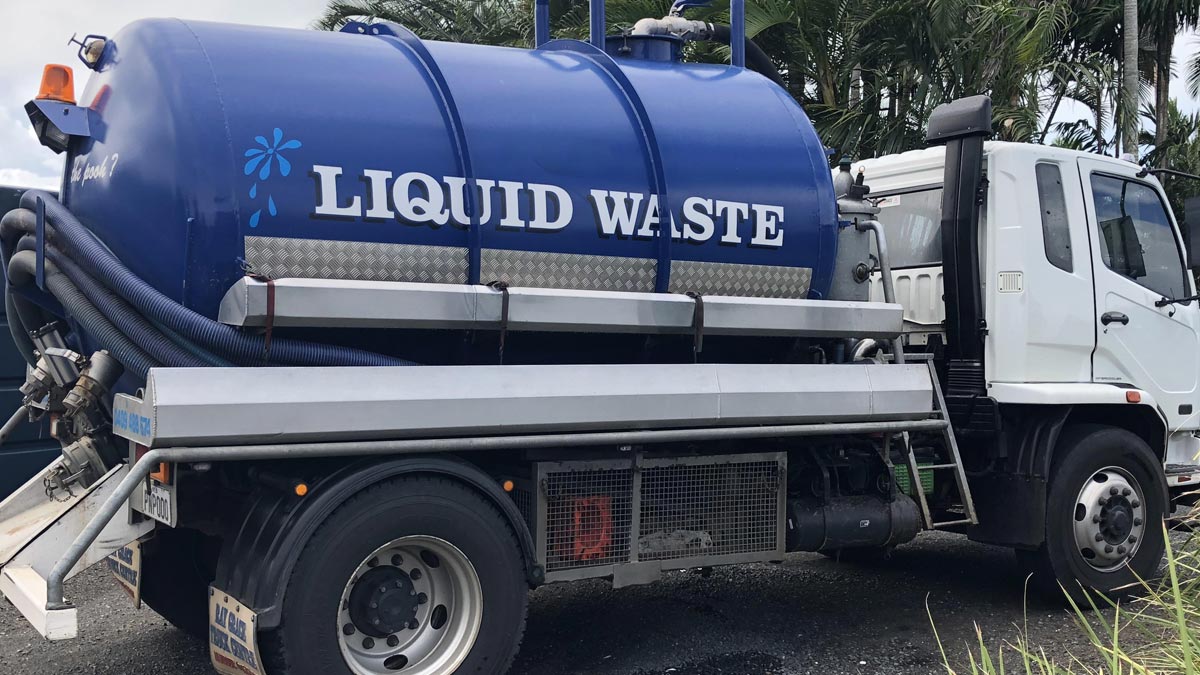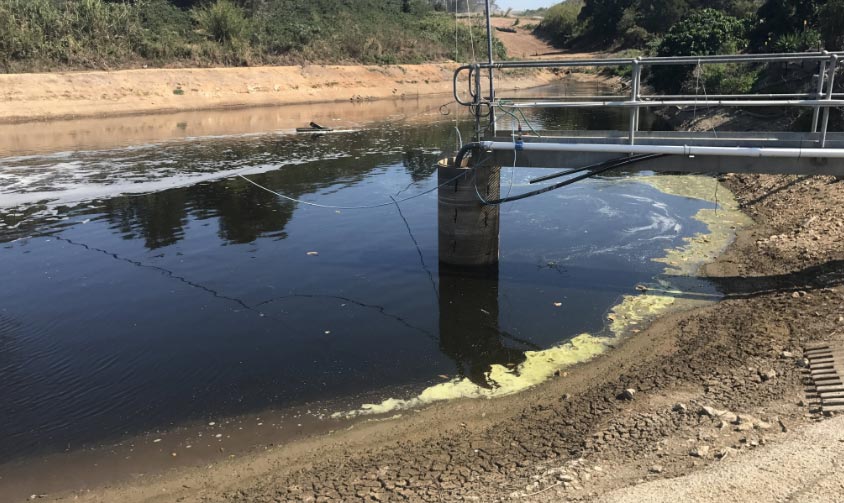10 examples of liquid waste

There are many different types of waste matter that cause pollution in Australia. One of the most damaging and challenging to deal with is liquid waste, any type of waste in liquid form. The management of chemical waste and other pollutants from every kind of property is essential.
In this tutorial, we’ll look at 10 examples of liquid waste.
Commercial wastewater
This type of wastewater is produced by commercial businesses and their products. The term encompasses a wide range of liquid waste, including waste generated by restaurants, shops, salons, and office-based businesses. The liquid waste generated by these sources can contain hazardous substances such as chemicals and may require special treatment.
Industrial wastewater
Industrial liquid waste includes liquid waste produced by factories, warehouses, and similar businesses. Often, this liquid contains chemicals and particulate matter like plastics and metals, making it very harmful to the environment. Thankfully, industrial businesses are heavily penalised by the law if this occurs.
Runoff waste
When it rains heavily, water often carries waste into drains and subsequently, the stormwater pipes. This is referred to as runoff waste and can contain a huge range of pollutants, including plastic items, grease, oil, chemicals, heavy metals, and more.
Residential sewage
Sewage is a very common type of liquid waste, and there is no way to reduce this. Thankfully, in Australia, we do have quality sanitation systems in place to handle sewage waste and discharge safely and effectively. Unfortunately, sewage does still find its way onto beaches and into rivers and in rare cases causes septic shock.
Fats, oils, and grease (FOG)
This kind of liquid waste is most commonly found in and produced by homes, restaurants, cafes, and other similar dwellings. Improper disposal of food, cooking oil, and condiments are the main cause, along with poor cleaning processes.
Used vehicle and machinery oils
When it comes time to change the oil in a vehicle, this liquid waste must be disposed of properly. Otherwise, it may become runoff waste, enter waterways, and cause havoc upon the environment. Other types of oil can have the same impact.
Hazardous household liquid waste
Hazardous liquid waste in households usually contains harmful chemicals. Most often, this liquid waste comes about through cleaning and incorrect disposal of cleaning agents. Proper disposal of hazardous household liquid waste is essential. Cleaning products, including detergents and disinfectants, can generate liquid waste. These products can contain harmful chemicals that can contaminate water sources. Proper disposal of cleaning products is essential to prevent environmental damage and protect public health.

Leachate
This is a term used to describe water that passes through solid waste. Once the water has passed through, it becomes a form of liquid waste. For instance, water that may pass through contaminated soil becomes leachate.
Domestic holding tank waste
This is waste from a holding tank, which does not have proper drainage. Similar to septic tank waste, this must be removed properly and disposed of after an involved treatment and decontamination process.
Medical liquid waste
Medical waste comes from any medical complex or location, such as a hospital or a clinic. This may include defecation, blood and bodily fluids, which can be hazardous to a person’s health. Other types of medical waste may include medicines.
It’s essential that we all do our part to dispose of our liquid waste responsibly. By doing this, we can protect the environment (and humans) from the harmful effects of liquid waste pollution.


